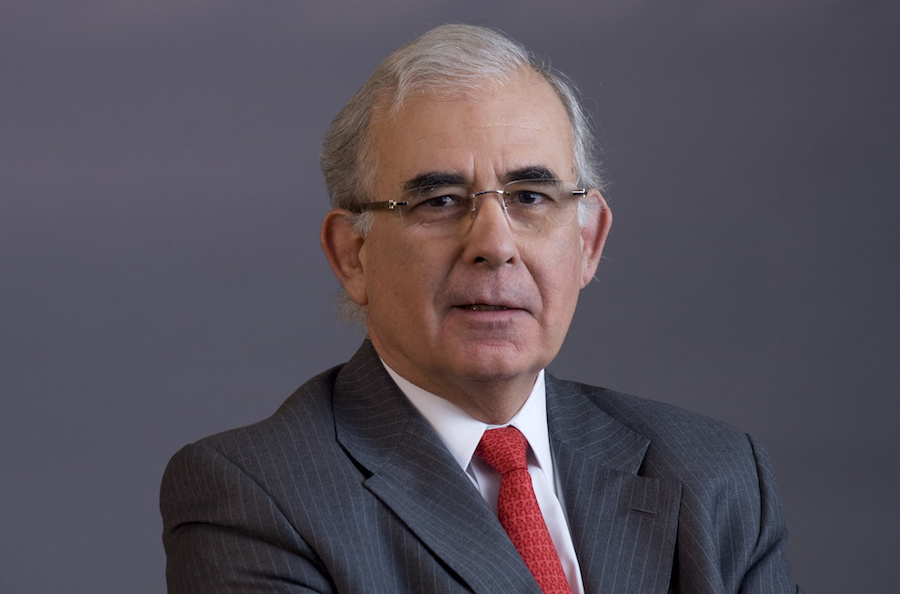Veteran copper executive sees mines avoiding major strike shocks

One of the world’s most seasoned copper executives isn’t particularly worried about supply shocks from strikes in top-producing nation Chile.
“I don’t see an especially dangerous period,” Diego Hernandez, head of Chilean mining society Sonami, said on a webinar Wednesday. He was responding to a question on risks from a hectic schedule of collective bargaining in Chile that have helped support copper’s rally to seven-year highs.
Hernandez, 72, knows a thing or two about taking the temperature of labor relations at giant copper mines. In his career as chief executive officer of Codelco and Antofagasta Plc and as executive in charge of the Escondida and Collahuasi open pit operations in northern Chile, he’s overseen dozens of wage negotiations, both smooth and tense.
For now, his sanguine view is playing out. Just one mid-sized mine in Chile has halted operations because of strikes in the current wage cycle. Others have had to offer signing bonuses of more than $20,000 a worker to close last-minute deals as unions seek their share of surging profits and reward for working through the pandemic.
Still, the tense wage talks of recent months in a country that accounts for a quarter of global production have traders trying to calculate disruption risks. A slew of other copper mines — including the world’s biggest, Escondida, and Antofagasta’s top operation Los Pelambres — are scheduled to sit down with unions next year.
Hernandez noted that Codelco has managed to sign several early wage deals without paying large bonuses in what appeared to be a “patriotic” approach by the state-owned producer. For private-sector companies, the key is to manage expectations before negotiations begin, he said.
While a rare combination of high prices and weak local currencies is boosting margins for producers, they’ll be looking to keep costs in check given expectations of increased supply and the pandemic risks to demand.
(By James Attwood)
{{ commodity.name }}
{{ post.title }}
{{ post.date }}

Comments